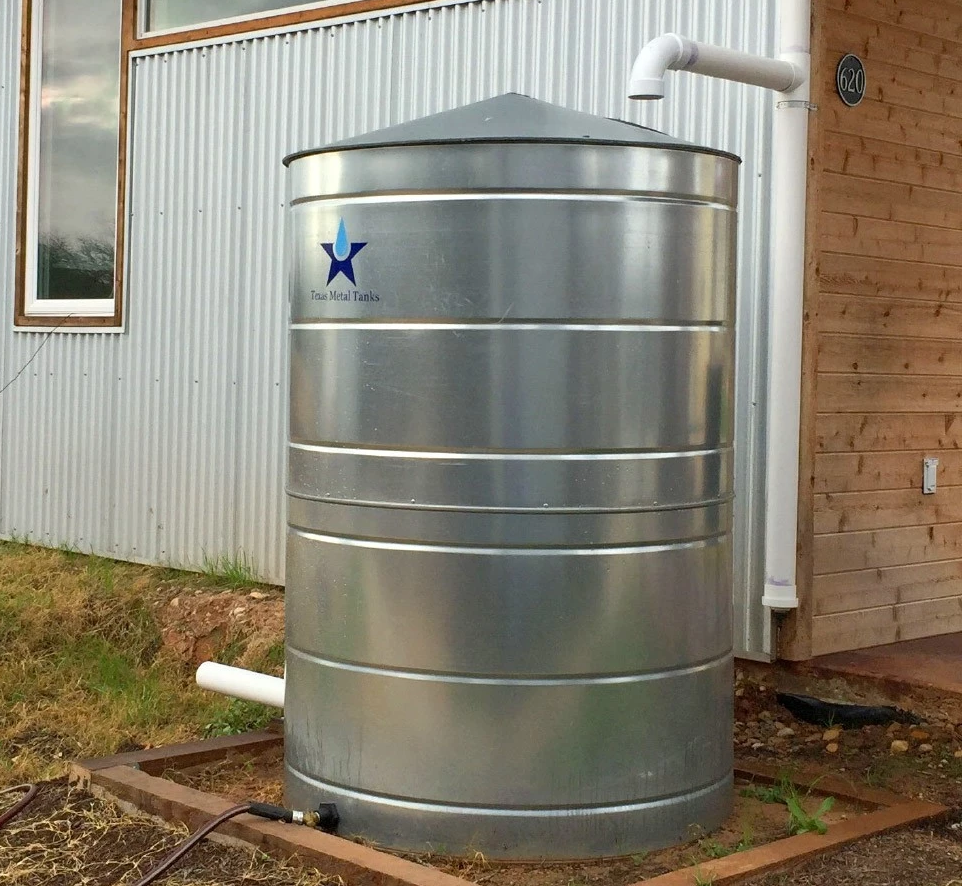
In an era marked by increasingly urgent conversations surrounding environmental sustainability and resource management, rainwater harvesting has emerged as a viable and effective method for using nature’s bounty to meet our water needs. This practice, which involves the collection and storage of rainwater for various uses, is gaining traction in both urban and rural settings. To optimize the operability and efficiency of rainwater harvesting systems, the choice of storage medium is paramount. Among various materials available, stainless steel water tanks stand out as an ideal solution for rainwater harvesting, owing to their durability, safety, and sustainability attributes.
Understanding Rainwater Harvesting
Rainwater harvesting is the process of capturing and storing rainwater from rooftops, pavements, or other surfaces before it flows into the drainage system or evaporates. This collected rainwater can be used for a wide array of purposes, including irrigation, flushing toilets, washing, and even potable uses after proper treatment. The adoption of rainwater harvesting systems can significantly reduce dependence on municipal water supply, minimize water bills, and contribute to a more sustainable water management strategy.
The Case for Stainless Steel Water Tanks
When selecting a storage solution for rainwater, several factors must be considered, including material integrity, longevity, and impact on water quality. Stainless steel water tanks have proven to be one of the most effective options, fulfilling all technical and environmental criteria necessary for effective rainwater management.
Durability and Longevity
Stainless steel tanks have exceptional durability. They are resistant to corrosion and rust, which are common issues faced by other materials such as galvanized steel or plastic tanks. Corrosion can lead to water contamination and tank failure, which jeopardizes the very purpose of a rainwater harvesting system. Stainless steel is capable of withstanding harsh environmental conditions, from extreme temperatures to high humidity, thereby ensuring a longer lifespan without requiring frequent replacement or repair.
Water Quality Preservation
One of the paramount concerns in harvesting rainwater revolves around ensuring that the water quality remains high throughout the collection and storage process. Stainless steel has non-porous properties, which means it does not harbor bacteria or algae, unlike concrete or plastic tanks. Additionally, stainless steel tanks do not leach harmful chemicals into stored water, making them safe and ideal for potable applications. This property is crucial in urban environments where runoff can carry contaminants from various surfaces. Thus, stainless steel tanks ensure that harvested rainwater is clean and safe for consumption or irrigation.
Eco-Friendly Attributes
Sustainability is a core tenet of rainwater harvesting. Stainless steel is an environmentally friendly material, as it is 100% recyclable without any loss of quality. The production of stainless steel is energy-efficient compared to other materials, and its longevity reduces the need for manufacturing replacement tanks, thereby minimizing environmental impact. By adopting stainless steel water tanks, users contribute to a circular economy that emphasizes recycling and responsible resource management.
Conclusion
As the imperatives of sustainability and resource conservation become progressively more critical, embracing rainwater harvesting systems furnished with durable, high-quality storage solutions is not merely a choice – it is a necessity. Stainless steel water tanks resoundingly rise to the challenge, offering unparalleled advantages in terms of durability, water quality preservation, environmental impact, and cost efficiency. By opting for stainless steel water tanks in rainwater harvesting systems, individuals and organizations can foster a relationship with the environment that emphasizes sustainability and responsible resource management, a commitment that will benefit both today’s society and future generations. Adopting such innovative technologies not only mitigates the impacts of climate variability but also propels communities towards a more resilient and water-secure future.


